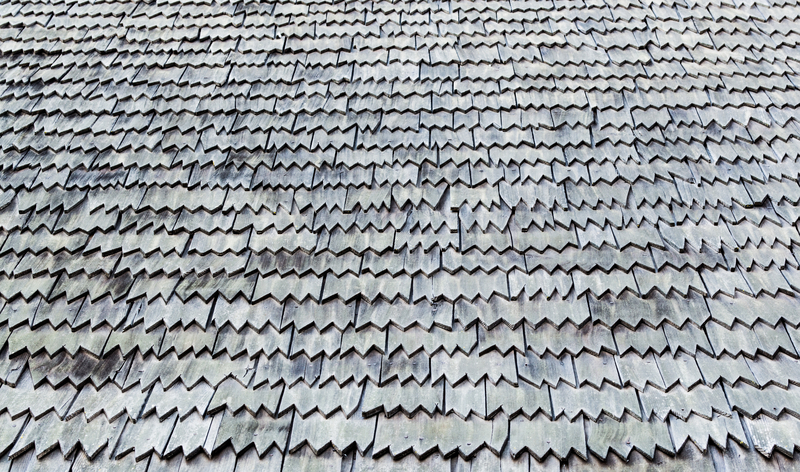The roof of a home is a fundamental component, protecting against the elements and contributing to the overall structural integrity. However, various environmental factors can significantly impact the lifespan and condition of a roof. Understanding these elements and their effects is crucial for homeowners, real estate investors, and those maintaining a home. Here are some key factors that can cause damage to roofing systems, emphasizing the importance of regular maintenance and inspection.
Rain
Rain is one of the most common elements affecting roofs. Consistent exposure to rain can lead to various issues, particularly if the roof is not properly maintained. The most apparent problem is the potential for leaks. Over time, water can find its way through cracks, broken shingles, or damaged flashing, leading to leaks that can cause significant interior damage. Moreover, consistent rainfall can exacerbate wear and tear on roofing materials. Materials like asphalt shingles can begin to lose their granules over time, diminishing their effectiveness. Water accumulation, especially in poorly drained areas of the roof, can also accelerate the deterioration of roofing materials. To mitigate these issues, regular inspections and maintenance, such as cleaning gutters and ensuring proper drainage, are essential. Promptly addressing any damages or vulnerabilities can prevent minor issues from becoming major problems.
Wind
Wind is another element that can have a detrimental impact on roofs. Strong winds, common in certain regions, can cause immediate and visible damage to roofing structures. Wind can result in lost shingles or even roof leaks. It works by getting under the edge of the shingles, lifting them, or even tearing them away completely. This not only exposes the underlying roof structure to the elements but can also lead to water infiltration during subsequent rain. The risk of wind damage is particularly high in areas prone to severe weather events like tornadoes or hurricanes. Regular inspections following significant wind events are crucial. Ensuring that shingles are properly installed and secured can help mitigate the risk of wind damage. Additionally, investing in wind-resistant roofing materials and installation techniques can be beneficial for homes in high-risk areas.
Moss
Moss growth on roofs, while often considered just a cosmetic issue, can have more serious implications. Moss thrives in damp, shaded environments and can be particularly prevalent on north-facing or tree-shaded roofs. The presence of moss indicates retained moisture, which can lead to the degradation of roofing materials over time. Moss can lift and displace shingles, allowing water to seep underneath and potentially cause leaks. It can also hold moisture against the roof surface, accelerating wear and rot, especially in wood shingles. Addressing moss growth involves not only removing the moss but also identifying and rectifying the conditions that led to its growth. This may include trimming overhanging tree branches to reduce shade or improving roof ventilation to decrease moisture accumulation.
Regular roof maintenance and addressing issues like rain, wind, and moss growth are essential to prolonging the life of a roof. Homeowners and real estate professionals should prioritize routine inspections and timely repairs to ensure their roofs remain in good condition, safeguarding the home from various environmental elements. A well-maintained roof not only protects the home but also maintains its aesthetic appeal and overall value.
Did You Enjoy Reading This Article? Here’s More to Read: Why an Inspection is Important When You Inherit a Home
